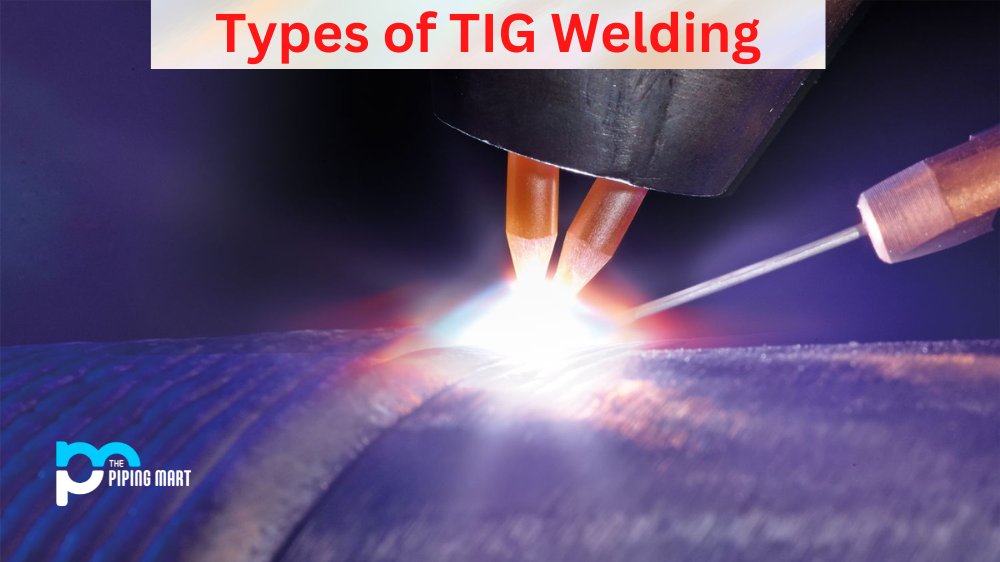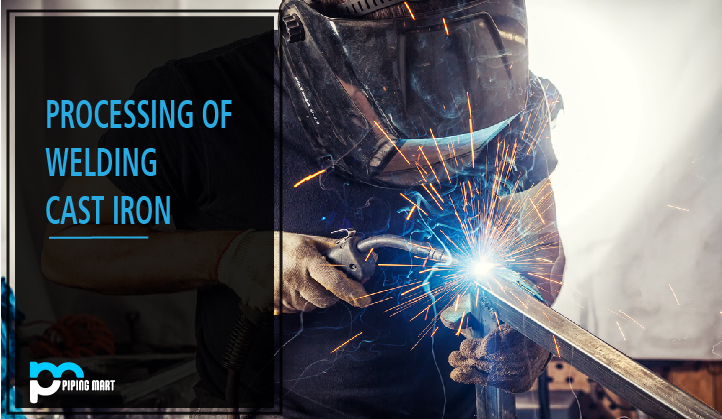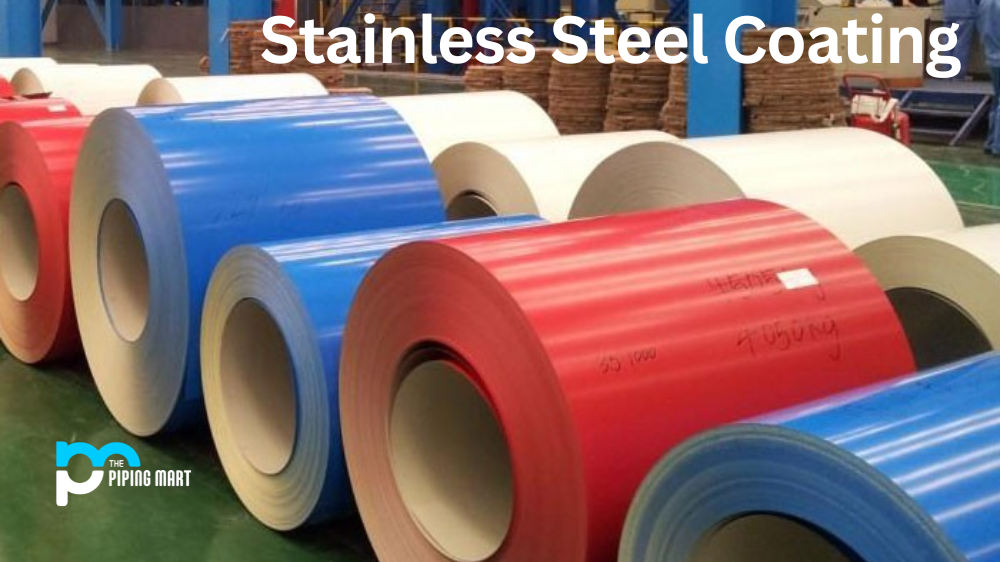TIG welding, or tungsten inert gas welding, is a type of welding process used for joining metals. It involves an electric arc that passes between the two pieces of metal to be joined and the use of an electrode to form the weld. The process is known for its precision and ability to join a variety of metals. In this article, we will explore some of the different types and techniques used in TIG welding and discuss their advantages.
Types TIG Welding
Autogenous Welding
This is the most basic form of TIG welding and involves no filler material. Instead, it relies on heat from the arc to melt both pieces that are being joined together. Autogenous welds can be made using either direct current (DC) or alternating current (AC). This type of welding is most often used for thin materials such as sheet metal or aluminium tubing. It’s also great for making precise welds where excess material must be avoided.
Manual Welding
Manual welding with TIG requires greater skill than autogenous welds but offers more flexibility in terms of what type of material can be welded together, as well as allowing for more complex shapes to be created. With manual TIG welding, a filler rod needs to be added in order to create a stronger joint between two pieces. This is done by hand and requires great skill in order to get a good result. Manual TIG welding is often used when working with thicker materials such as steel or stainless steel.
Pulsed-Arc Welding
This type of TIG welding utilizes short bursts of electricity rather than a continuous flow, like in autogenous or manual TIG welding processes. It has several benefits over traditional techniques, including reduced heat input into the workpiece, improved control over penetration depth, increased travel speed, better bead shape, less spatter formation, and improved cleaning action at lower amperages which reduces distortion caused by excessive heat input into the workpiece during fusion welding processes. Pulsed-arc welding is best used when working with aluminium alloys or other materials that require precise control over temperature build-up during the process due to their sensitivity to excessive heat input.
Conclusion:
TIG welding offers numerous advantages over other types of fusion welding processes, such as MIG and stick welding, when it comes to precision and flexibility. With its wide range of applications, from automotive bodywork repairs to aircraft construction projects, there’s no doubt that it’s one technique that every welder should know how to do properly. Whether you choose an autogenous, manual or pulsed-arc technique depends on your project requirements, so make sure you consider all these options before deciding on which one works best for you!

A passionate metal industry expert and blogger. With over 5 years of experience in the field, Palak brings a wealth of knowledge and insight to her writing. Whether discussing the latest trends in the metal industry or sharing tips, she is dedicated to helping others succeed in the metal industry.




